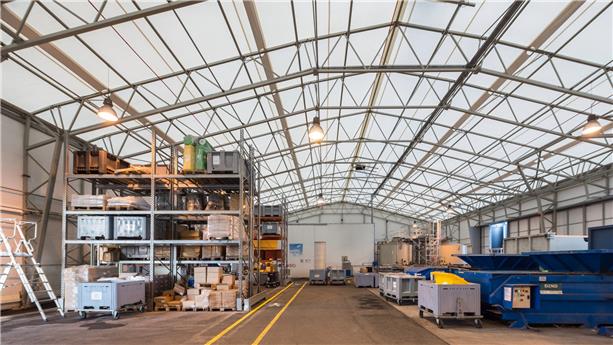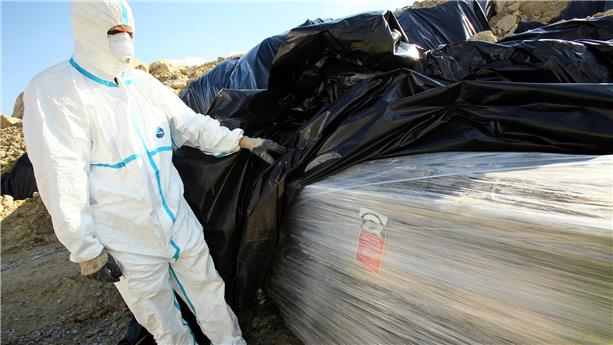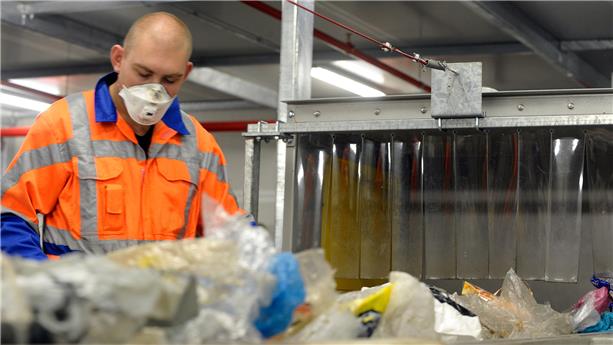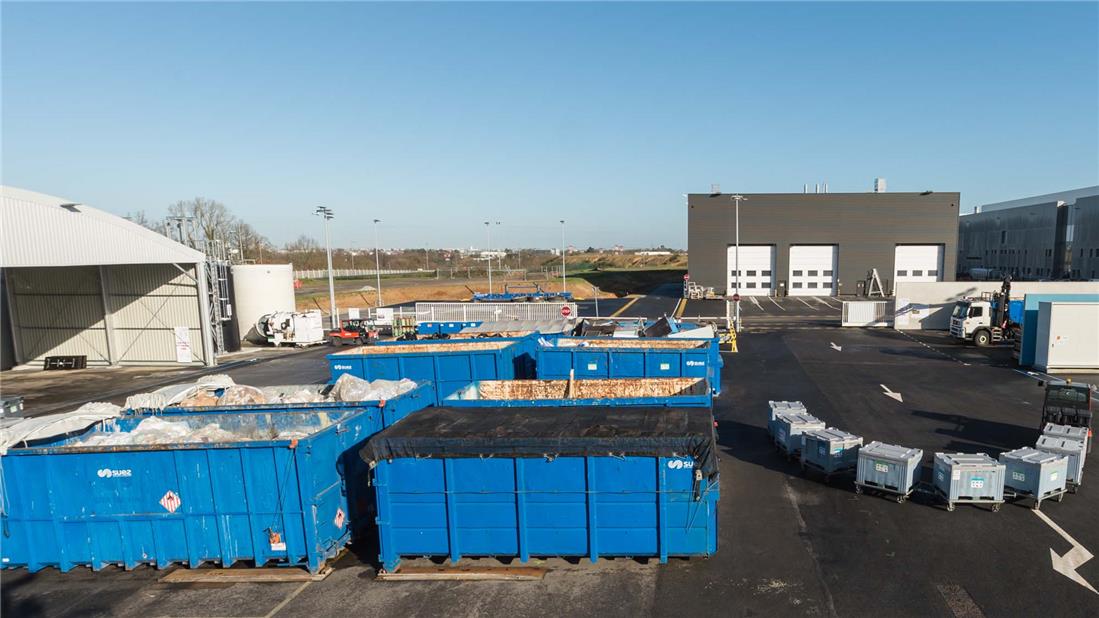
Your challenges, our solutions


Hazardous waste

PFAS treatment

Waste treatment and disposal
Customised solutions for sorting and treating your waste
Tailor-made waste sorting and treatment solutions
A lot of countries are currently promoting regulations to increase the share of waste being recycled while setting also ambitious targets on waste prevention and reduction, sometimes even deploying incentive pricing for public waste services.
In the overall management of resources, collection and sorting are the essential steps to ensure the recycling of materials or the recovery of your waste into energy.
Sorting can be carried out directly at your facilities or in our treatment centres dedicated to household packaging or production-related industrial waste after mixed collection. It can use very simple methods or highly mechanized processes that can use technologies such as near-infrared optical sorting.
The treatment we offer will be carried out according to the hierarchy pyramid of waste recovery:
- Maximising material recycling
- Energy recovery
- Storage in environmentally friendly facilities with biogas recovery and leachate management.
We work closely with you to develop customised waste sorting and treatment solutions. Whether for regular waste management services or for specific needs related to events or projects, we adapt our services to effectively meet your requirements by offering you:
- A sorting and treatment solution adapted to the material to be recycled or treated (in terms of quality, quantity, safety), including the treatment of PFAS in hazardous waste.
- The guarantee of the best sorting and processing solution with full traceability. We favour the recycling of materials before their energy recovery when recycling is not possible.
Technology and innovation
In order to optimise our waste sorting and treatment services, we are developing digital solutions across our entire value chain: customer portal, artificial intelligence, containers connected thanks to the IOT, etc.
We use advanced technologies to optimise our waste sorting and treatment operations. Our facilities are equiped with real-time monitoring systems, allowing for more efficient management of waste streams and a reduction in carbon footprint.
We also use artificial intelligence to sort. Our smart camera estimates the quality of the waste collection on the sorting table in real time, to obtain the purest possible material for recycling.
Commitment to sustainability
Our inspiring stories
Airbus: an XXL generation Z waste yard!
In order to meet the ramp-up in its aeronautical production rates, we have co-built a 7,500 m2 industrial waste facility with AIRBUS, at its Bouguenais site near Nantes (France). The sharing of investments and expertise between our teams and those of AIRBUS has enabled the design of state-of-the-art facilities. This new PADI is a successful solution in terms of compliance and economic, regulatory and environmental performance: 96% of the waste generated by the site is now recycled.
In constant contact with the AIRBUS teams, we work with a view to continuously improving the economic performance of global waste management, to further strengthen the exemplary nature of this service while respecting the environment.

Frequently Asked Questions
Waste management is based on the following steps:
- Prevention: the best waste is the one that is not produced.
- Reuse / repair: an object can find a second life in its initial function.
- Waste collection in the right container. Waste must not end up in the environment and not be deposited in nature. There are containers for waste that is not intended to be recovered and containers for waste to be sorted, reused and recycled. Collection is the first essential step in good waste management to protect the environment.
- Sorting. Depending on what it theoretically contains, a container may or may not be sorted.
- If the waste is deposited in a container intended for energy recovery or storage, it will not be sorted.
- If the container is intended for recycling, it will be sorted in a dedicated sorting centre. For household waste, metal, paper, cardboard and plastic packaging is separated for recycling. For industrial waste, glass, wood and textiles will also be separated.
- Waste treatment. There are several possible treatments depending on the nature of the waste, its physical state, its origin, etc.
- Reuse or reuse. It is sometimes possible to give a second life to a piece of waste. This is the case for textiles, certain electrical appliances or furniture.
- Recycling. The objective is to reuse the material to give it a second life.
- Energy recovery. The waste is burned in order to recover part of the energy it contains. This makes it possible to produce hot water or steam for homes or industrialists, or electricity that is injected into the grid.
- Storage. Some waste is not recyclable or too mixed or soiled to be recycled or it does not contain enough energy for energy recovery such as inert materials such as concrete or plaster. Storage is then the ultimate solution. We operate storage facilities that are highly monitored and controlled in order to limit their impact on the environment.

